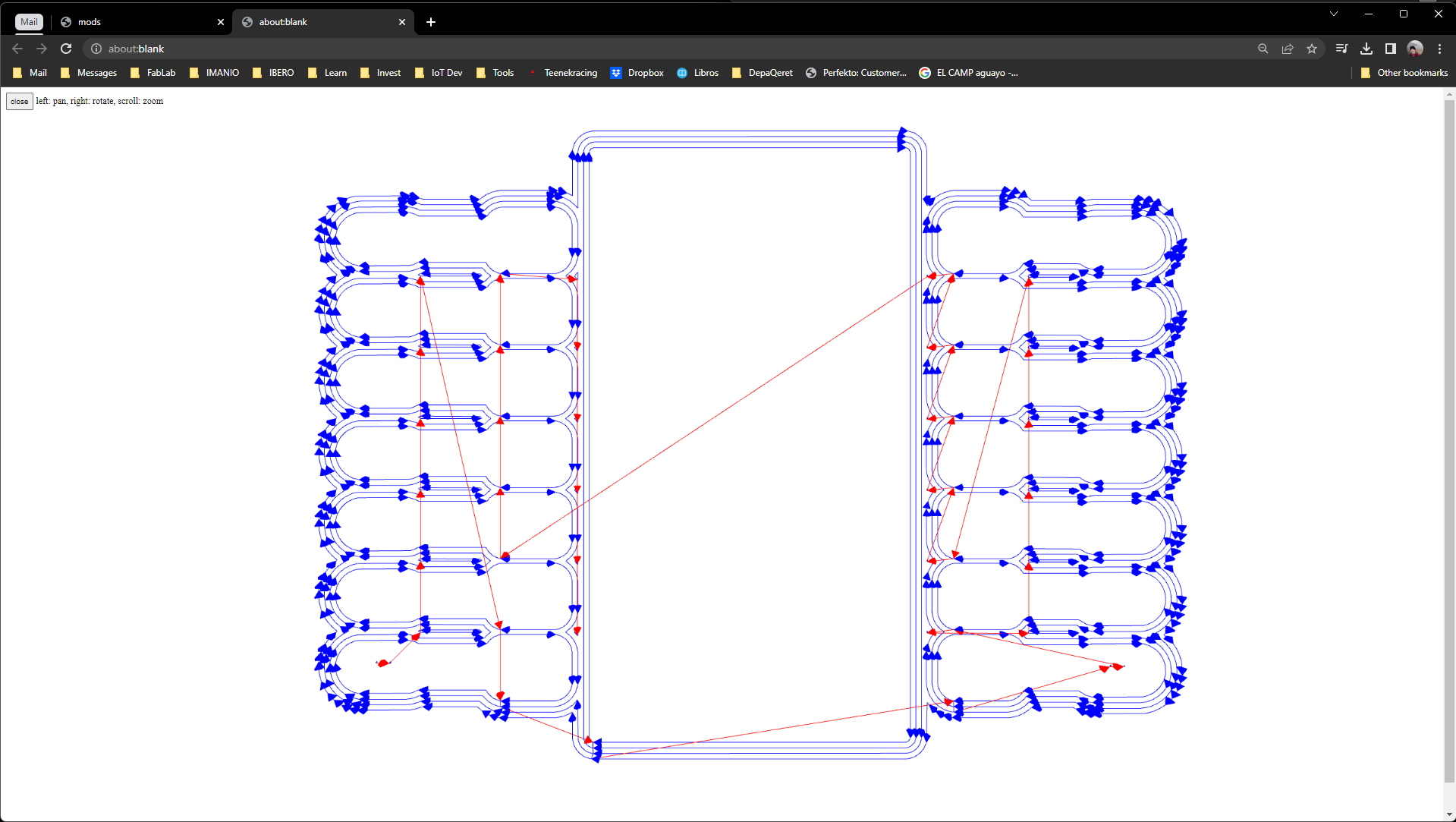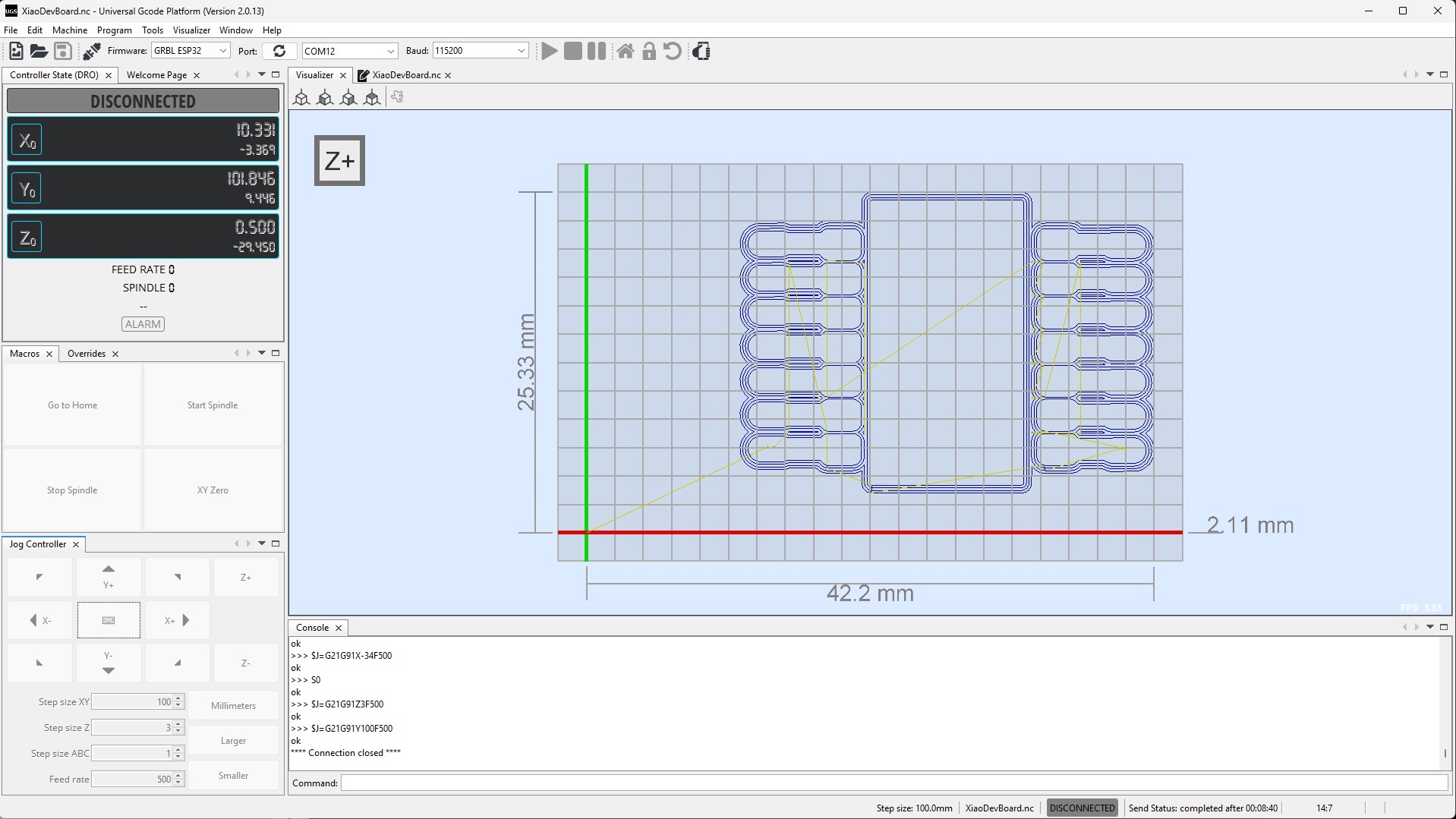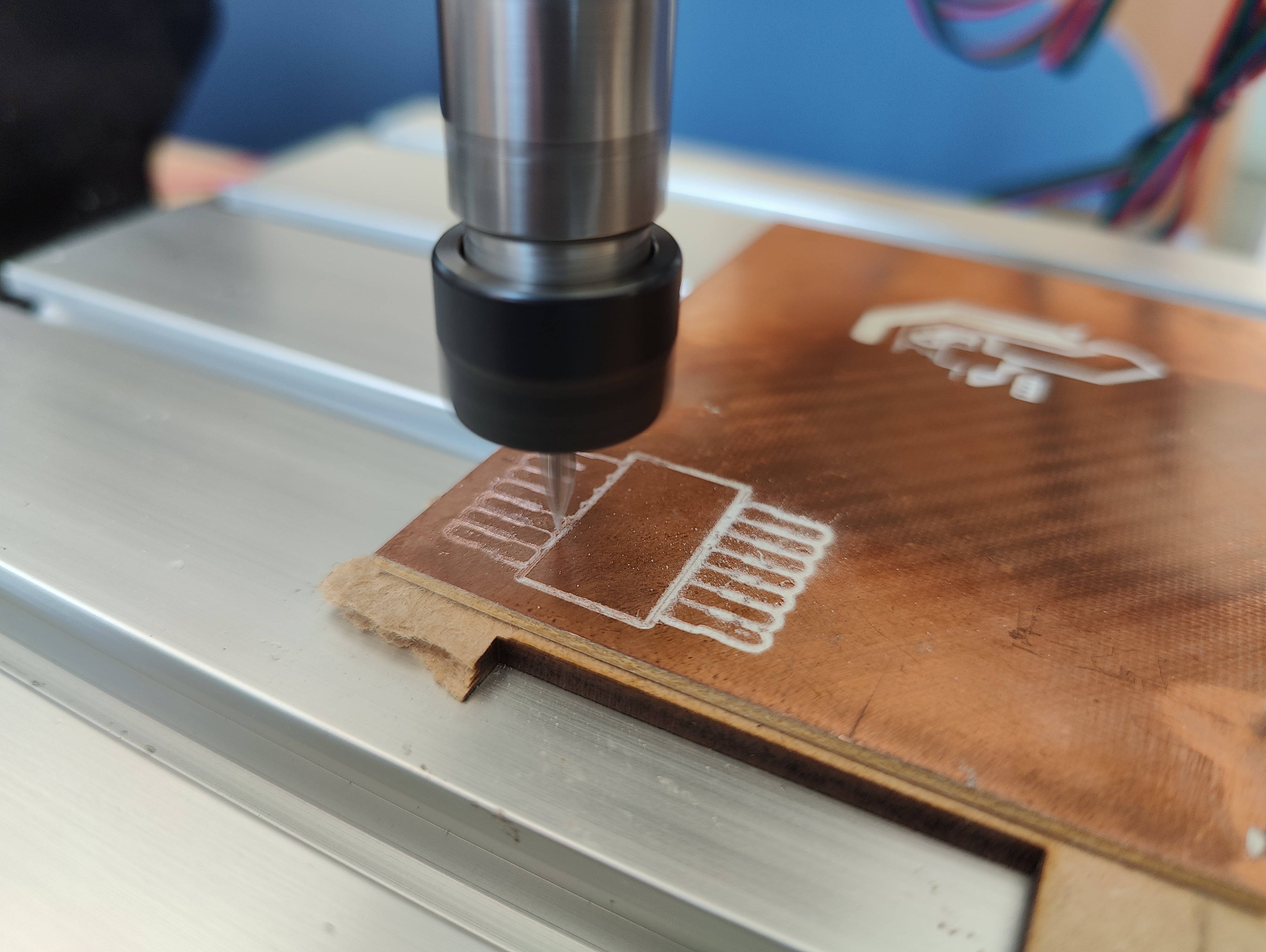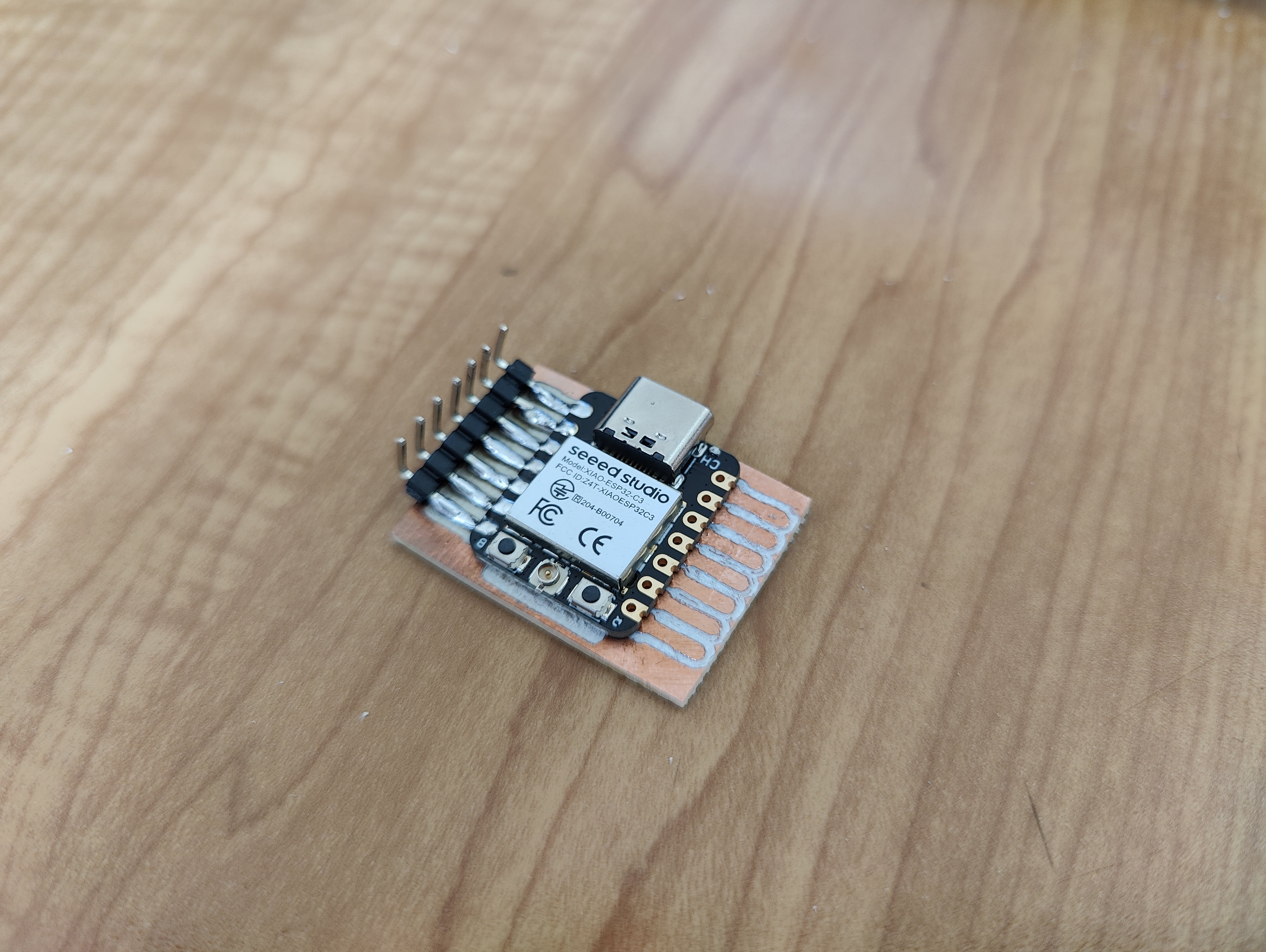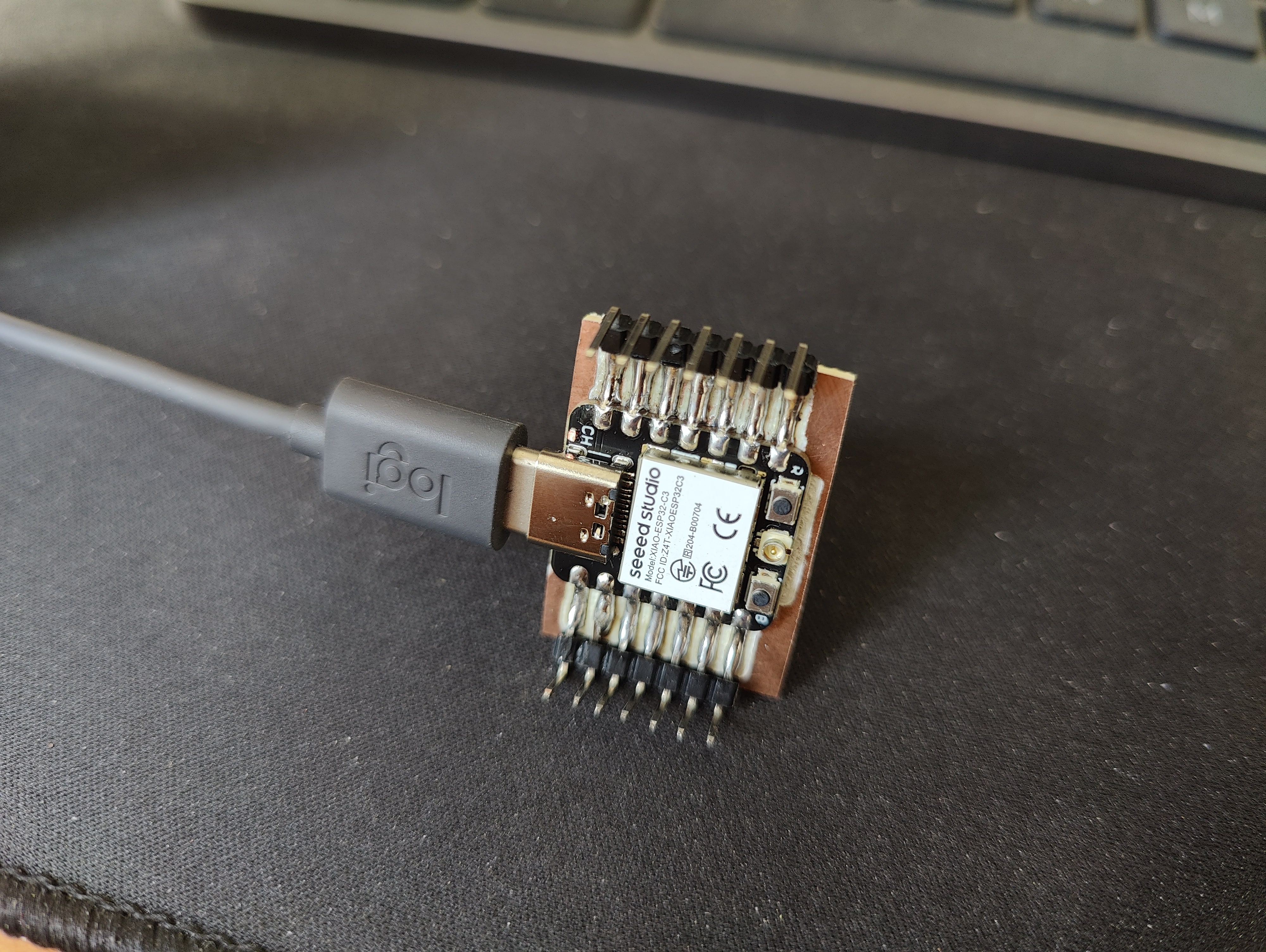Communications between microcontrollers are an important part of many embedded systems. In general, there are several communication protocols that are commonly used to interface microcontrollers and other devices
Some important considerations are:
- Communication protocols: The most common protocols for communications between microcontrollers are UART (Universal Asynchronous Receiver-Transmitter), I2C (Inter-Integrated Circuit) and SPI (Serial Peripheral Interface). These protocols are used to interconnect microcontrollers and other devices in embedded systems.
- Transmission speed: The data transmission speed in communications between microcontrollers depends on the protocol used and the clock speed of the microcontroller. Some microcontrollers have dedicated hardware to handle certain communication protocols, which can improve the transmission speed.
- Network topologies: Communications between microcontrollers can have different network topologies, including single bus, star bus, tree bus, among others. The appropriate network topology will depend on the specific system requirements.
- Network topologies: Communications between microcontrollers can have different network topologies, including single bus, star bus, tree bus, among others. The appropriate network topology will depend on the specific system requirements.
- Pin configuration: The microcontroller pins must be configured correctly to allow communication between microcontrollers. It is important to ensure that the pins used for communication are configured correctly for the specific communication protocol being used.
In summary, communications between microcontrollers are an important part of many embedded systems, and there are several communication protocols and network topologies that are commonly used to interconnect microcontrollers and other devices. The choice of the appropriate protocol and topology will depend on the specific system requirements.


